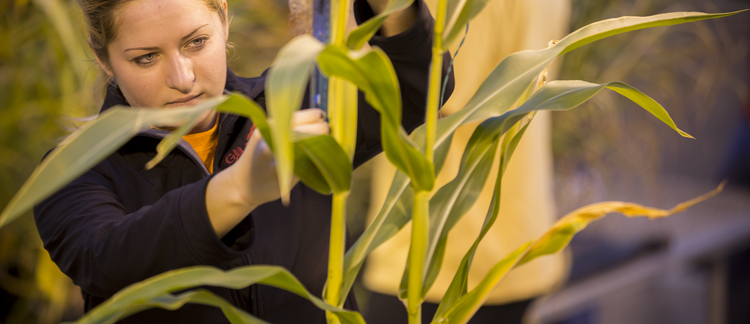Abstract
Extensive research on this research farm during the last three decades has provided valuable information about phosphorus (P) and potassium (K) fertilization for corn and soybeans managed with chisel-plow tillage. No-till management results in little or no incorporation of residues and fertilizers with soil. Broadcast fertilization could be inefficient with no-till because P and K accumulate near the soil surface. Banding fertilizers with the planter or deeper before planting could be more effective. A study was initiated in 1994 at this location and at other research farms to evaluate P and K fertilizer placement for no-till and chisel-plow tillage. The study consists of four separate trials: P for corn, P for soybeans, K for corn, and K for soybeans. Corn and soybeans are grown in a rotation by alternating crops each year between adjacent areas of mainly Floyd and Clyde soils. The tillage and fertilization treatments are applied for both crops, which are planted with 30-inch row spacing. Cornstalks of plots managed with chisel-plow tillage are chisel plowed in the fall and field cultivated in spring, whereas soybean residues are only field cultivated in spring. The planter is equipped with row cleaners and dry fertilizer attachments.
Keywords: Agronomy
How to Cite:
Mallarino, A. P. & Pecinovsky, K. T., (2001) “Phosphorus and Potassium Placement for Corn and Soybeans Managed with No-till and Chisel-Plow Tillage”, Iowa State University Research and Demonstration Farms Progress Reports 2000(1).
Downloads:
Download pdf
View PDF
233 Views
97 Downloads

